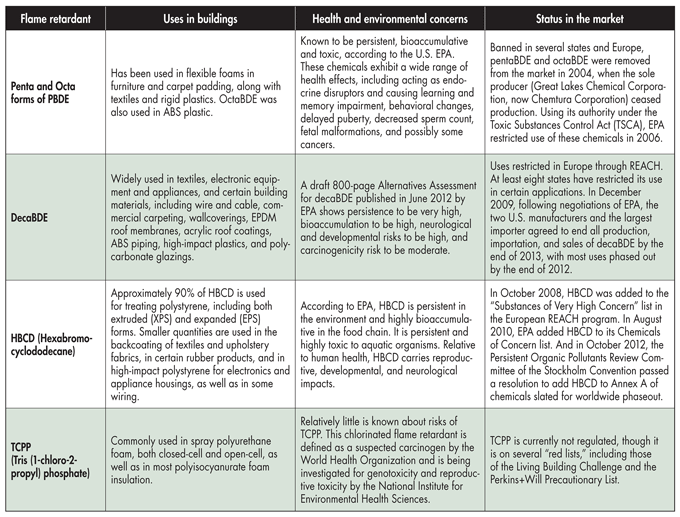In a Yestermorrow Buiding Science course, I was lucky to have Bill Hulstrunk, a veteran in the cellulose industry, as a guest instructor. Bill works at UltraCell Insulation, a cellulose insulation manufacturer in Niagara Falls, NY that’s been funded by grantors like the EPA, Massachusetts Clean Energy Center, and the National Science Foundation. They’ve been working on a cellulose production method using ‘wet processing’ that they claim leaves their cellulose less apt to create airborne dust. They’re also using recycled cardboard as the feedstock. As Bill pointed out in class, the current primary source of cellulose insulation – recycled newspaper – will not be abundant in the future as people get more of their news online. Lots of companies are already turning to other feedstocks- like recycled romance novels- for their fiber.
Enough about Bill. Here’s one of the cool things he shared with us about cellulose. Fire safety, perhaps not the most thrilling thing to consider when building a new house (that would be the timber frame), is still obviously an important factor when choosing the materials you build it with. There are all sorts of reasons to choose cellulose insulation (high R value, low embodied energy, some thermal mass, the list goes on) but if fire safety is a concern, cellulose outperforms most other insulation materials. To demonstrate how well it holds up in the face of fire, Bill placed a half inch of cellulose on a student’s hand, making sure to cover all signs of skin. He then placed a penny on top. He then torched the penny. The penny was MELTED. The cellulose was charred slightly on the outside 1/16″, but was untouched below, and the student hadn’t felt a thing. To drive home this point, here’s the National Fire Protection Association video comparing cellulose to fiberglass to foam, that was shared in class. To summarize:
- Dense Pack Cellullose- not exciting. One bay’s worth of cellulose gets charred on the outside.
- Fiberglass, with paper removed- A little more exciting, studs catch fire because of air gaps around the fiberglass. Flashover happens at 11:40 into the test.
- Urethane Foam- armageddon. This is why foam insulation is required to have a thermal barrier separating it from any living space. At 3:30 in this video (20 seconds into the fire test) a sinister black smoke fills the room, and the camera man jets.
Wow! But this also begs the question “so what flame retardants are going into my walls to keep that cellulose from burning?”
Cellulose insulation is typically around 20% fire retardant chemicals by weight. From an article in Environmental Building News (EBN): The most common chemicals used today (in cellulose insulation) are boric acid, sodium borate (borax), and ammonium sulfate. Boric acid and sodium borate have the advantage of not only providing fire retardancy, but also adding mold, insect, and rodent resistance to the insulation. This article reports findings from Oak Ridge National Laboratories that while the installer in an attic certainly is exposed to quite a bit of dust, as far as occupants are concerned, “it’s a nonsense issue.”
Almost all the information out there shows that the fire retardants in cellulose are benign, especially compared with the alternatives. The only cautionary group is a European regulatory agency, who’s recently listed boric acid on a list of substances meeting criteria for classification as toxic for reproduction. To ingest enough boron to reach that level however, you’d need to be breathing in pure boron at a rate nineteen times the amount of dust an adult typically breathes in per day (the EPA finds that the average adult breathes 0.56mg/day of house dust, and the ‘tolerable upper intake level’ of boron for an adult, according to the European Union Regulatory group, is 10 mg/day). The same EBN article cautions that as long as we don’t eat cellulose, we’re safe.
For comparison, I’ve included a chart from EBN describing flame retardants that are commonly used in EPS and XPS foams, upholstery and carpets, and other ubiquitous products.
 And finally, included below is the fire test done on a straw bale wall with clay plaster, which has no fire retardants. Pretty cool!
And finally, included below is the fire test done on a straw bale wall with clay plaster, which has no fire retardants. Pretty cool!
